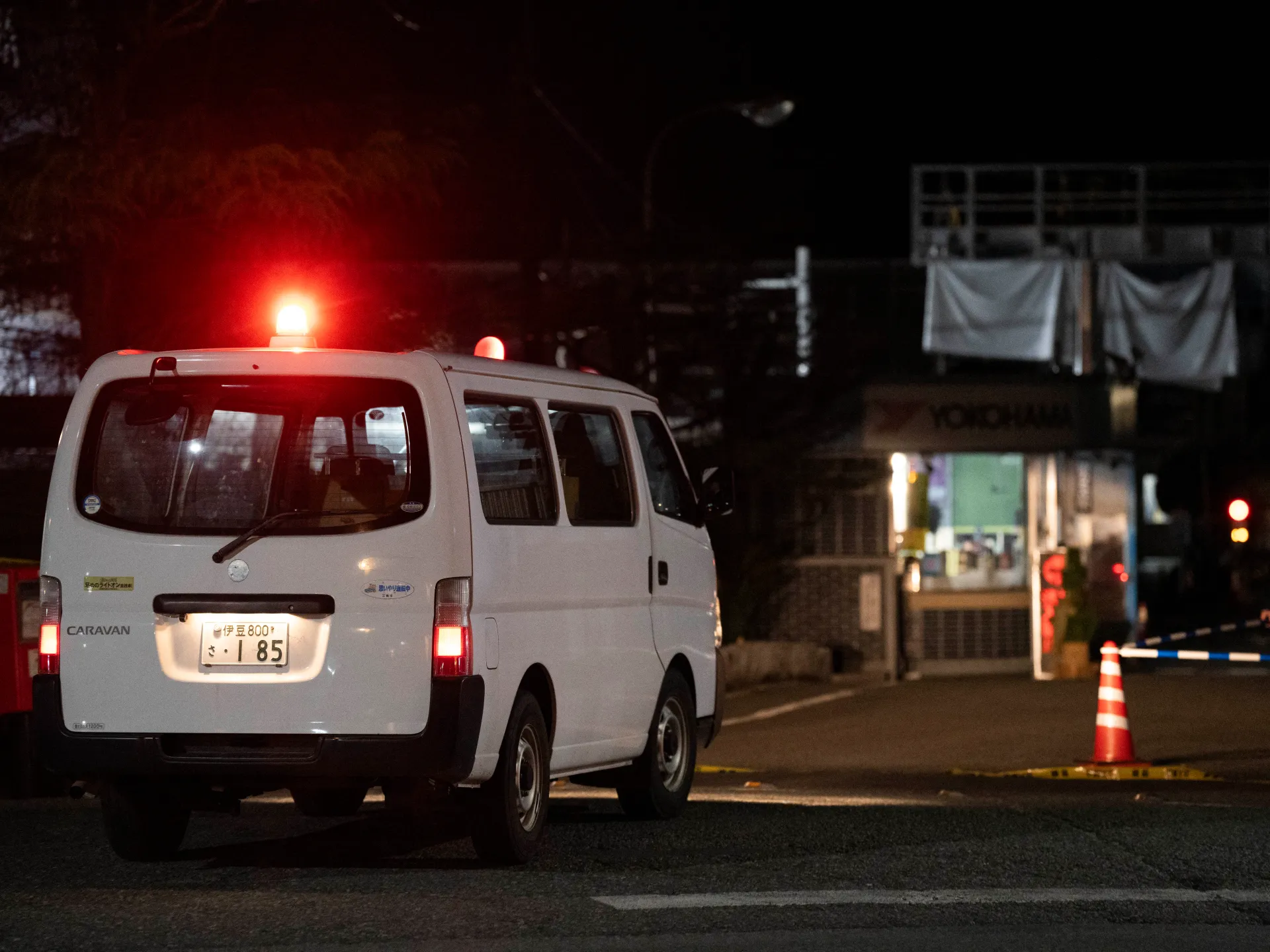Stabbing, chemical spray attack injures 15 at Japanese factory | Crime News
Suspect is in police custody; no information about potential motive.
Published On 26 Dec 2025
A man has carried out a mass stabbing attack at a Japanese tyre factory, also spraying victims with a chemical substance, according to local officials.
Eight people were stabbed and seven others were injured after being sprayed by a bleach-like agent at the Yokohama Rubber Co tyremaker in Japan’s Mishima, southwest of Tokyo, on Friday, said the Fujisan Nanto Fire Department.
Recommended Stories
list of 3 itemsend of list
Japanese media named the suspect as a 38-year-old who is now in custody. He is being charged with attempted murder, reported Japan’s Asahi Shimbun newspaper, citing the Shizuoka prefectural police.
The suspect was carrying a survival knife and wearing what appeared to be a gas mask, according to investigators cited in the Asahi report. He is believed by police to have acted alone, the report added, though there was no immediate information about a potential motive.
The Associated Press news agency cited the fire department as saying five of the stab victims are in serious condition, but conscious.
An employee of a nearby car dealership said she was “shocked” to learn of the attack in what is generally a “quiet” area.
“I’m scared, but I’m also shocked that it could have happened in a place like this,” the unnamed employee told Asahi Shimbun.
Violent crime is relatively rare in Japan, which has a low murder rate and some of the world’s toughest gun laws.
However, there are occasional stabbing attacks and even shootings, including the assassination of former Prime Minister Shinzo Abe in 2022.
In June, Japan executed a man dubbed the “Twitter Killer”, after he was convicted of killing and dismembering nine people he met on social media. The execution was the country’s first use of capital punishment in nearly three years.
A Japanese man was also sentenced to death in October for a shooting and stabbing rampage that killed four people, including two police officers, in 2023.
